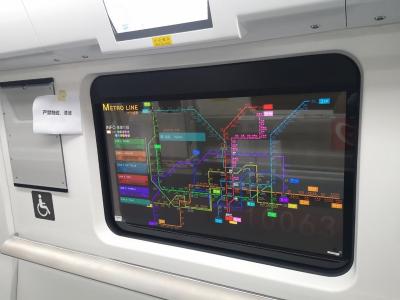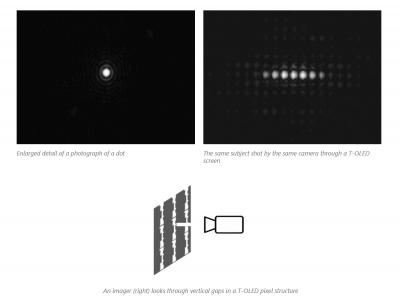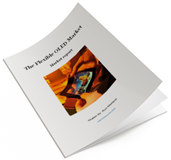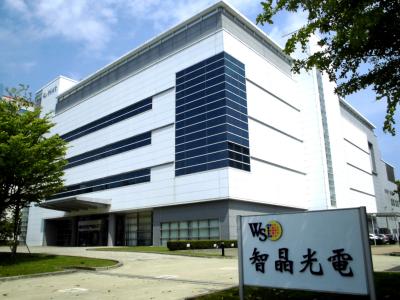Can a transparent OLED TV show a black color?
In early 2019, LG Display started producing 55 transparent OLED TV panels, and these are slowly entering the market - in commercial displays, transportation displays, and perhaps even the consumer market - with Xiaomi’s first consumer transparent OLED TV (although at over $7,000 for a 55 display, it is not really priced at consumer level - and its usability is also not clear).
An OLED display is an emissive display, and some of our readers asked us - how is it possible for a transparent OLED TV to show a black color? Is the image above, released by Xiaomi, a fake?







